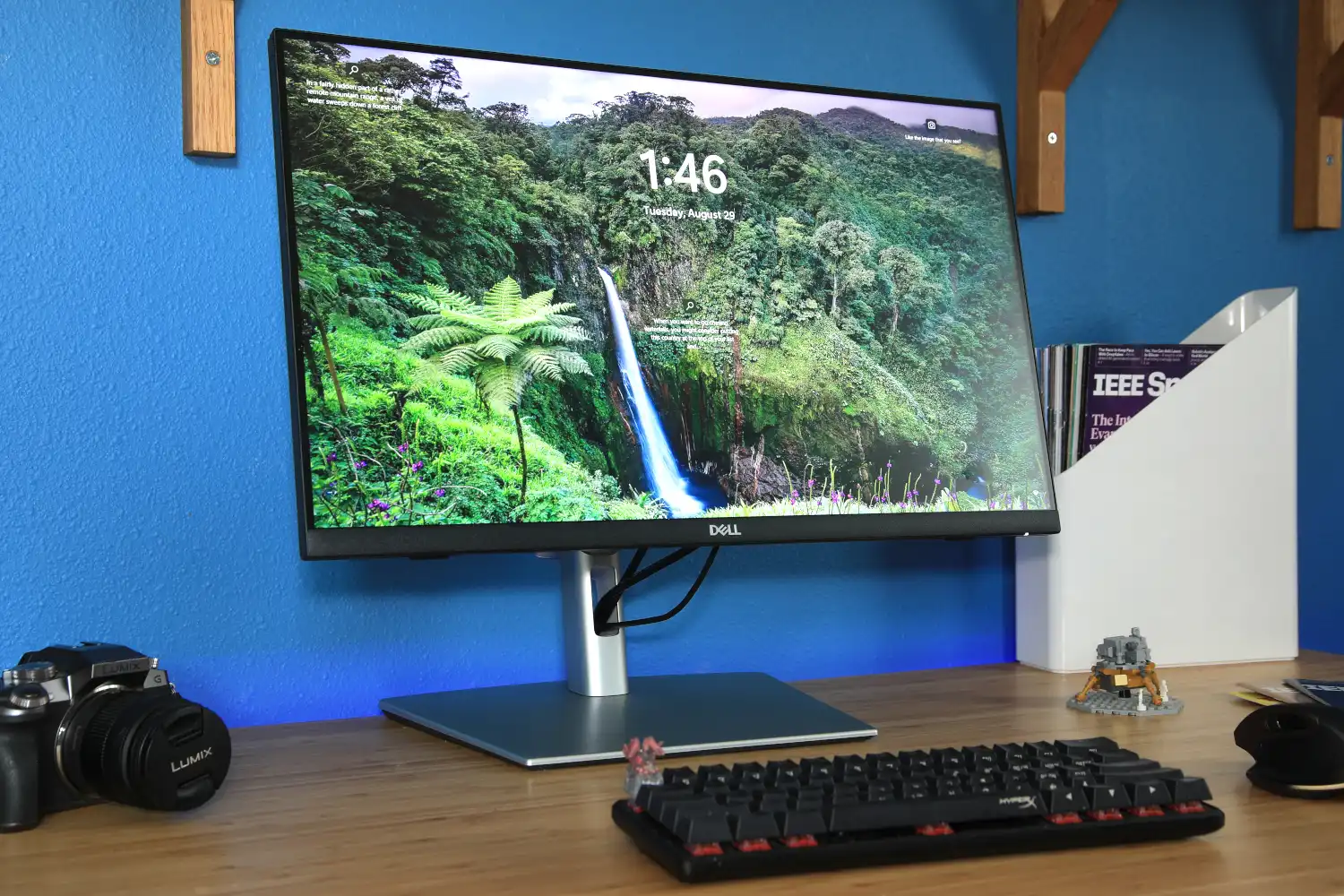Dell Technologies, a household name in the computer and technology sector, is tightening its grip on employees with a new return-to-office (RTO) policy that involves closely monitoring employee movements. Starting this May, the tech giant will employ a sophisticated system to track employees through badge swipes and VPN connections, ensuring they meet the mandated three office days per week, as reported by The Register, a renowned enterprise technology news outlet.

A Deeper Dive into Dell’s Attendance Policy
The introduction of the color-coding system from May 13 is set to categorize employees into four tiers based on their office attendance. These categories are:
- Blue: Signifying consistent onsite presence
- Green: Indicating regular onsite presence
- Yellow: Showing some onsite presence
- Red: Warning of limited onsite presence
This new strategy underscores a significant shift in workplace dynamics, reflecting a broader trend among companies insisting on more in-office days post-pandemic. Dell’s policy requires most employees to clock in at least 39 days per quarter at the office. Remarkably, those at the lower end of the pay scale can still opt for full remote work, albeit at the potential cost of missing out on promotions and internal job opportunities.
My Dual Desk Office
Gaming PC
Specs: 3800X, RTX 3090, 64GB Ram, Corsair 680X
Audio: M-Audio BX5, EVO4 Interface DT1990 PRO
Screen: MSI OPTIX MPG341CQR 34" Ultrawide, Crappy Chinese Ras Pi Screen for monitoring
Work PC
Dell Precision Laptop & USB C Dock
3 Dell P2219H pic.twitter.com/c0QjtfBYB5— 51-ROW (@row_51) April 28, 2021
Resistance and Repercussions
The enforcement of this stringent policy hasn’t been met with universal acclaim within Dell. Sources suggest that the lack of clarity and choice regarding office assignments, compounded by potential capacity or business function constraints, has led to internal discontent. The Register quotes an anonymous source stating that employees failing to meet the attendance criteria will be reported directly to Jeff Clarke, Dell’s Chief Operating Officer and Vice Chairman, who seems to prioritize surveillance over revenue growth.

Market Context and Dell’s Strategic Direction
Despite these controversial measures, company remains a key player in the technology market, particularly with its server and computing solutions, which are poised to benefit from advances in artificial intelligence. However, Dell has faced a downturn in its financial performance, with an 11% year-over-year drop in net revenue during its fiscal 2024 fourth quarter, partly attributed to a sluggish personal-computer market and extensive layoffs.
Yet, there is a silver lining as Dell’s stock has surged nearly 74% this year, buoyed by optimistic investor sentiment regarding its long-term growth prospects in the AI-driven technology landscape.

Broader Implications for the Workforce
The shift towards enforced office attendance isn’t unique to Dell. Many organizations are revisiting their workplace strategies, striving to balance productivity with employee satisfaction. A survey by Robin, a workplace management platform, reveals that 46% of hybrid employees believe they are more productive at home, highlighting the challenges companies face as they recalibrate their operational models in a post-pandemic world.









